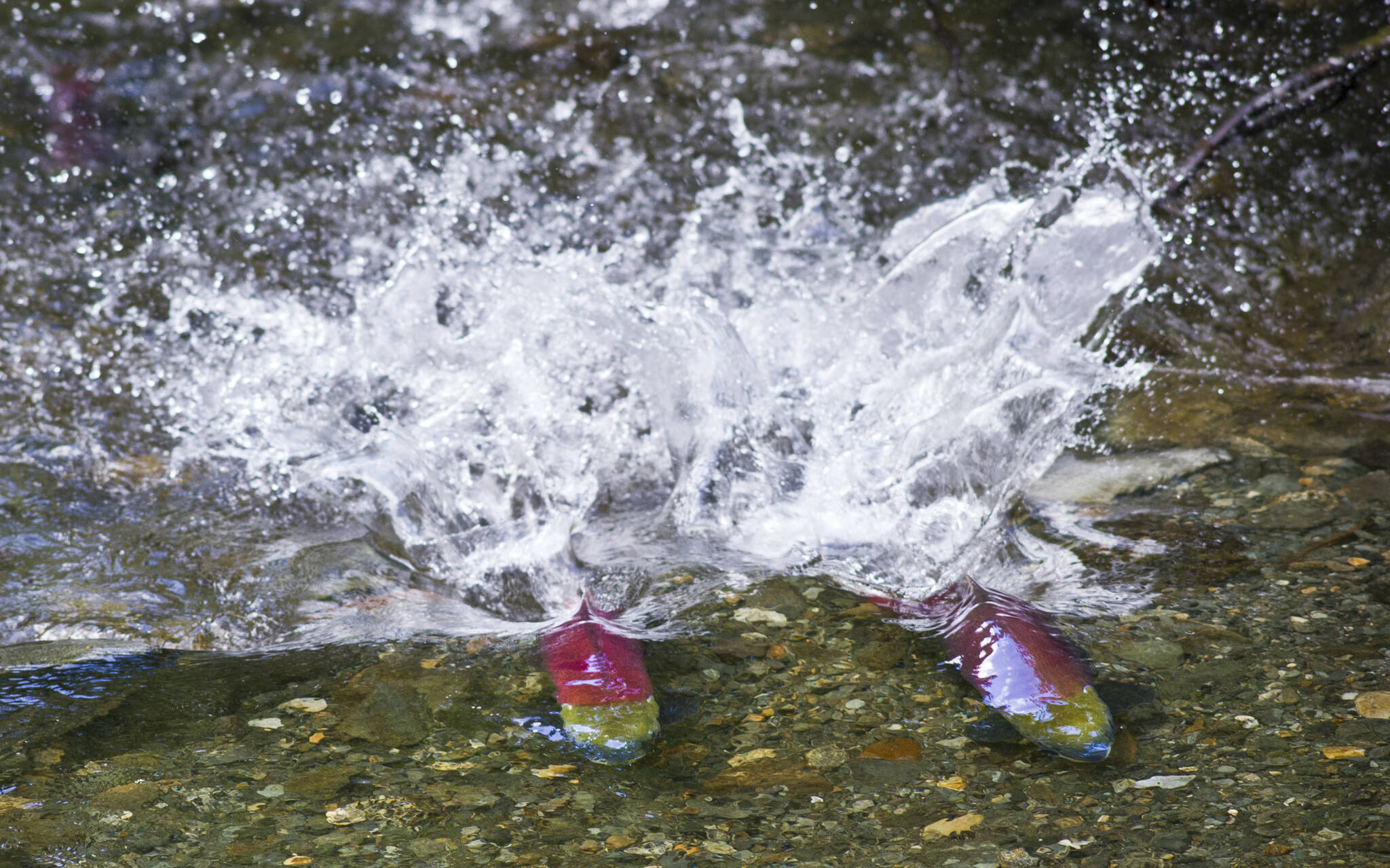The fourth week of salmon fishing in Alaska has come and gone, and while one species’s harvest numbers are thriving, others are trying to keep their heads above water.
According to data from the ASMI weekly salmon harvest update, this week’s harvest numbers are nearly 30% higher than this time last year with almost 18 million sockeye salmon caught so far — 16 million of that from Bristol Bay — which tops last year’s peak of 17 million fish.
“I’ve been doing this a few years and to see such a big harvest so early in the year is almost off the charts notable,” said Sam Friedman, a research analyst at the McKinley Research Group, LLC, which organizes the harvest data from the Alaska Department of Fish and Game. He said it’s too early to tell if this will be the peak of the season but “if this isn’t the peak this is going to be a really good year.”
The regions currently leading the numbers of sockeye salmon harvested are the Alaska Peninsula and Bristol Bay, with most harvests taking place in the southern region of the Alaska Peninsula and the Egegik and Nushagak districts on either side of Bristol Bay.
However, even though the overall salmon harvest is up, that is almost entirely due to the sockeye harvest while other salmon species’s harvest numbers are under performing compared to prior seasons.
Pink salmon harvest has seen a 31% decrease compared to the 2020 season (the statistics use the most recent even-year for pink salmon) along with chum salmon harvest following its lead with a 12% decrease from the previous season. Friedman attributes the decline to the notion that peak pink and coho salmon harvest typically doesn’t occur until August and said to not look too deeply at the numbers just yet.
Lindsay Bloom, a longtime commercial fisherman and campaign strategist for SalmonState whose role includes working on policy at the state level on salmon protection, said she’s not surprised by the influx of sockeye, especially in the Bristol Bay area, and said even though numbers are predicted to be low for other species, her family’s gillnetting boat in Lynn Canal is doing alright.
“I think we’re feeling pretty good, our main bread and butter species is chum, and the prices for chum sound like they will be. So even though it’s not a massive year volume-wise, I think we’re going to do okay,” Bloom said.
But beyond the numbers, Bloom said she thinks it’s important for people to know there is more going on behind the scenes in the fishing industry and the state of salmon in Alaska. She said the fluctuation in the salmon harvest points to a larger picture that the state of salmon is changing and will continue to undergo changes due to the impacts of climate change.
“I worry that people think ‘Oh, salmon is up so they must be well,’ but I’m really concerned about the state of salmon in Alaska,” Bloom said.
A recent analysis published by Communications Biology in 2021 found that populations of Chinook(king) salmon are predicted to decline dramatically in a warming climate and this “deterministic decline inevitably leads to extinction unless some ecological, evolutionary, or climatic rescue effect occurs.”
Other statistics like the State of Salmon’s 2020 summary on climate change and its impact on the ocean point to climate change as the reason causing warming water which provides fewer nutrients and oxygen for salmon, along with a 30% increase in ocean acidity since the Industrial Revolution, which is damaging the phytoplankton, zooplankton, and crustaceans salmons rely on for food.
Bloom said she hopes people also consider the other factors surrounding salmon harvest numbers, and what people can do to protect salmon species across Alaska.
“Here in Alaska we can protect the watershed that we have, we’re going to have to work harder than ever to make sure the watersheds remain intact,” Bloom said.
• Contact reporter Clarise Larson at clarise.larson@juneauempire.com or (651)-528-1807. Follow her on Twitter at @clariselarson.

